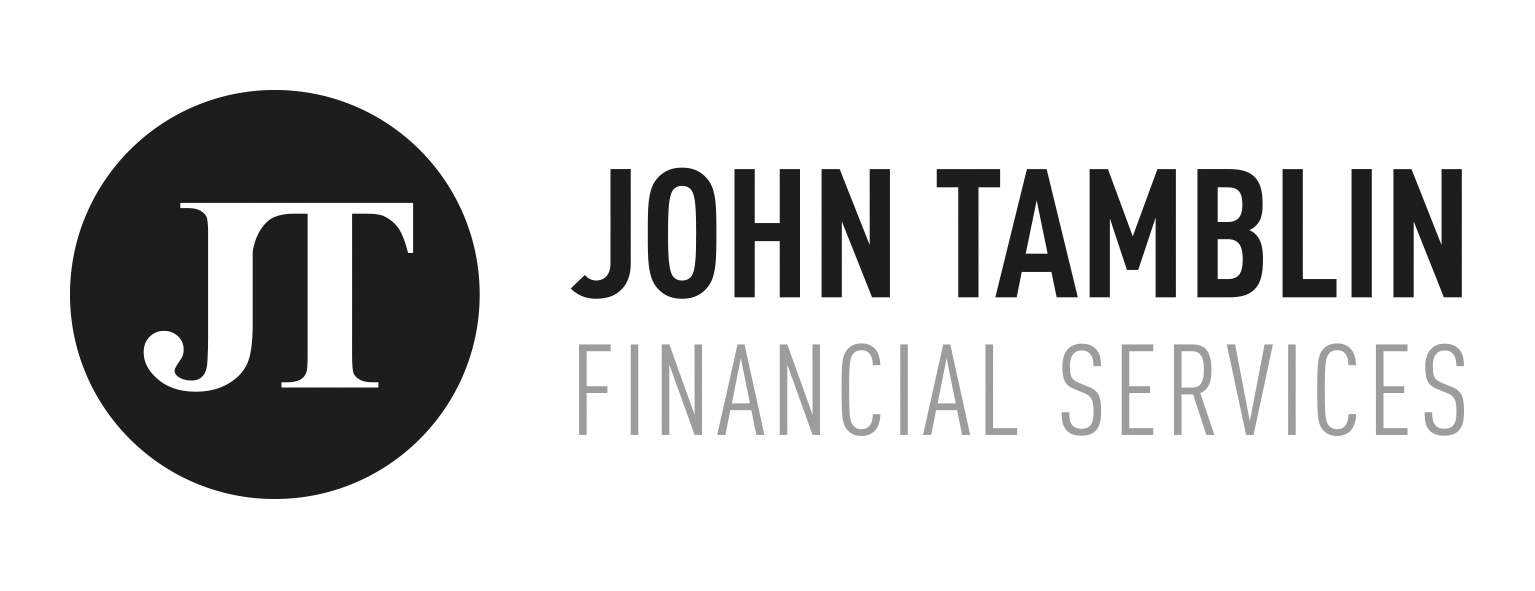The key to unlocking a tax efficient retirement income for you lies in ensuring that your tax allowances have been maximised. Paying less tax will mean your savings will last longer in retirement and potentially provide a greater legacy for your loved ones.
Allowances on offer
There are allowances of £26,700 up for grabs this year. From next April, this will rise to over £33,000 with the addition of the new dividend and personal savings allowances, in addition to planned increases to existing allowances. That’s a tax free household income of more than £66,000 for a couple.
And of course, certain withdrawals may only be partially taxable. For example, your pension income could include an element of tax free cash. And withdrawals from bonds or mutual funds will include a return of the original capital.
What does this mean for you?
This means you could enjoy a very comfortable level of ‘income’, which could be well above £66,000 in retirement without paying any tax on your withdrawals. But this requires savings across a range of tax wrappers and the right advice on where and when to take your withdrawals from.
Tax Wrappers (tax breaks that an investor can ‘wrap’ around their investment)
The challenge is to undo a lifetime’s worth of hardwired retirement savings habits. And the key to achieving this is to demonstrate that an alternative retirement income strategy, using a range of tax wrappers, can provide a sustainable source of spendable income while securing the best possible legacy on death from unused funds.
To do this requires an understanding of the available allowances and how the different investment wrappers use those allowances.
With tax allowances, it’s a case of use it or lose it. So wherever possible, it makes sense to use your allowances to extract savings tax free – even if this means potentially withdrawing more than is needed to meet spending needs.
Maximising Your Allowances
Any excess withdrawals may be reinvested, potentially into more tax privileged investments such as pensions or ISAs. And even where investment into pensions or ISAs is not possible, crystallising gains and reinvesting back into similar investments can reset base costs leading to lower future tax charges.
- Personal income tax allowance
Income of up to £10,600 a year can be received free of income tax. The allowance is reduced once total income exceeds £100,000.
Earned income, which would include pension income, will use the allowance first. The opportunity to take income from investments tax free should not be overlooked. So income up to the personal allowance should always be extracted.
- Income tax savings rate band
Savings income (including interest and offshore bond gains) of up to £5,000 can be taken tax free in addition to the personal allowance of £10,600. But the £5,000 allowance is reduced if earned income exceeds the personal allowance. So for example, if total pension income was more than £15,600, the savings rate band would be lost.
The savings rate band allows gains from offshore bonds to be extracted tax free. And unlike most other forms of savings income, the timing of gains from offshore bonds can be controlled to coincide with tax years when there’s little or no other income. When combined with the personal allowance, it takes gains of up to £15,600 out each year. And, of course, the withdrawal will also include a return of some of the original capital which is not taxable.
But this amount will be reduced if there are fixed incomes such as state pension, DB pensions, annuities or interest from savings which cannot be stopped. So, where there are offshore bonds in the portfolio, deferring fixed pension incomes can create a window to extract offshore bond gains tax free.
- CGT annual exemption
Capital withdrawals from mutual funds can be used to meet spending needs. Similar to offshore bonds, the withdrawal will be part gain and part return of original capital. It’s only the gain element which is taxable.
The first £11,100 of capital gains can be taken each year tax free.
Withdrawing sufficient capital each year to use up, but not exceed, the CGT exemption can provide tax free withdrawals. The withdrawal will also include an amount of original capital which will remain tax free.
Any withdrawals in excess of income needs can be reinvested into:
- Pensions – subject to available allowances etc.
- ISAs – subject to contributions limits
- Back into mutual funds to crystallise the gains and reset base costs (beware the share matching rules and sale and repurchase within 30 days)
In years where the portfolio (or specific funds) has suffered a loss, these should be realised and repurchased through pension or ISA and losses carried forwarded to offset future capital gains. But where there are both gains and losses in the same tax year, the amount of loss to be carried forward first has to reduce the gains in the tax year to zero.
Tax planning in the new world
Pensions and retirement income are synonymous with one another. The first thing most our clients will think about when considering their income in retirement will be their pension. But with the new pension freedoms, it’s not necessarily the first place they should turn to when deciding where to draw their retirement income from.
What to do next?
It’s now time to start thinking of savings collectively, rather than as separate individual pots. If you have savings across a variety of tax wrappers then you will need help to devise the best possible strategy to meet your income needs in retirement. If you have any questions regarding this article or indeed your retirement needs then please contact John Tamblin.
